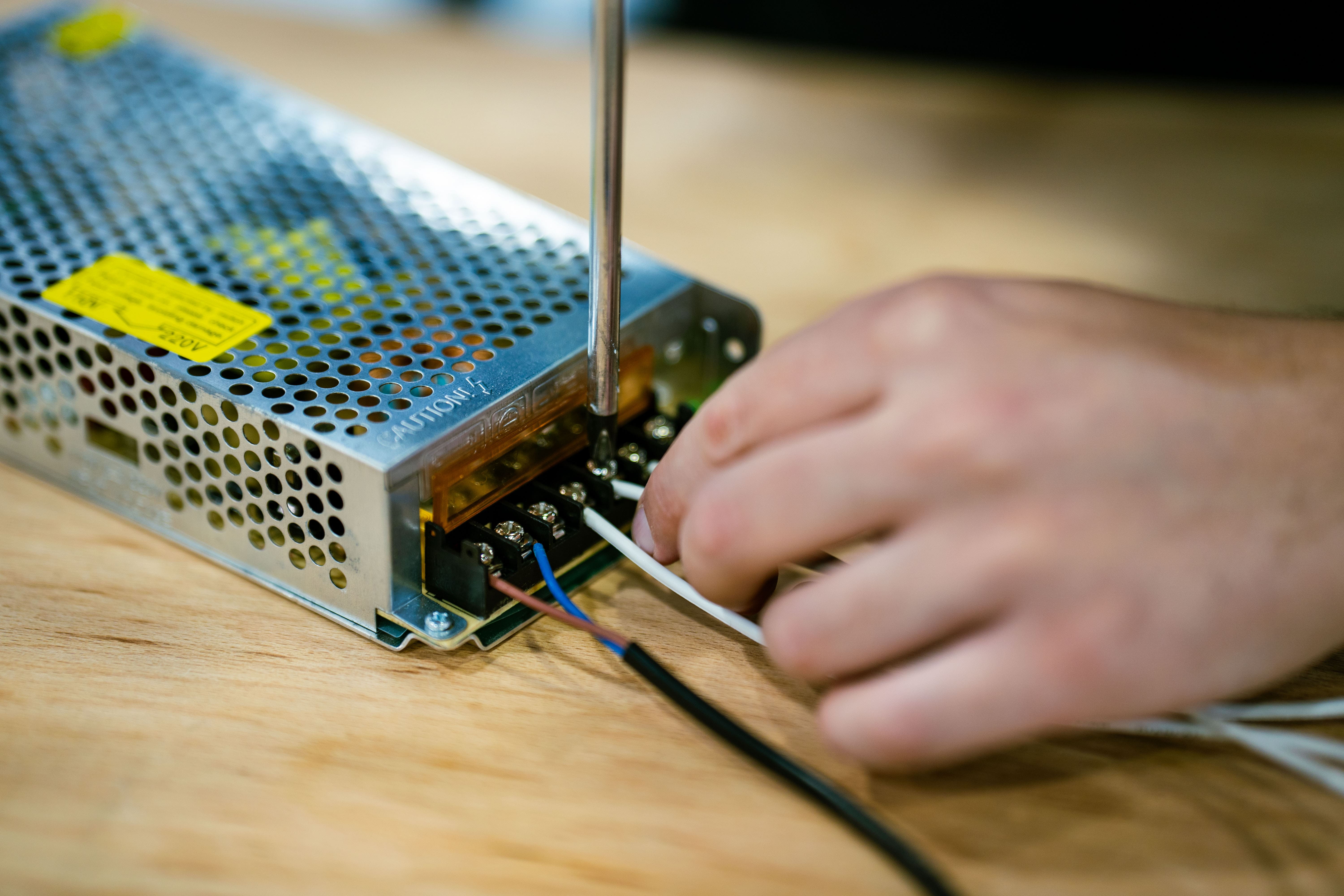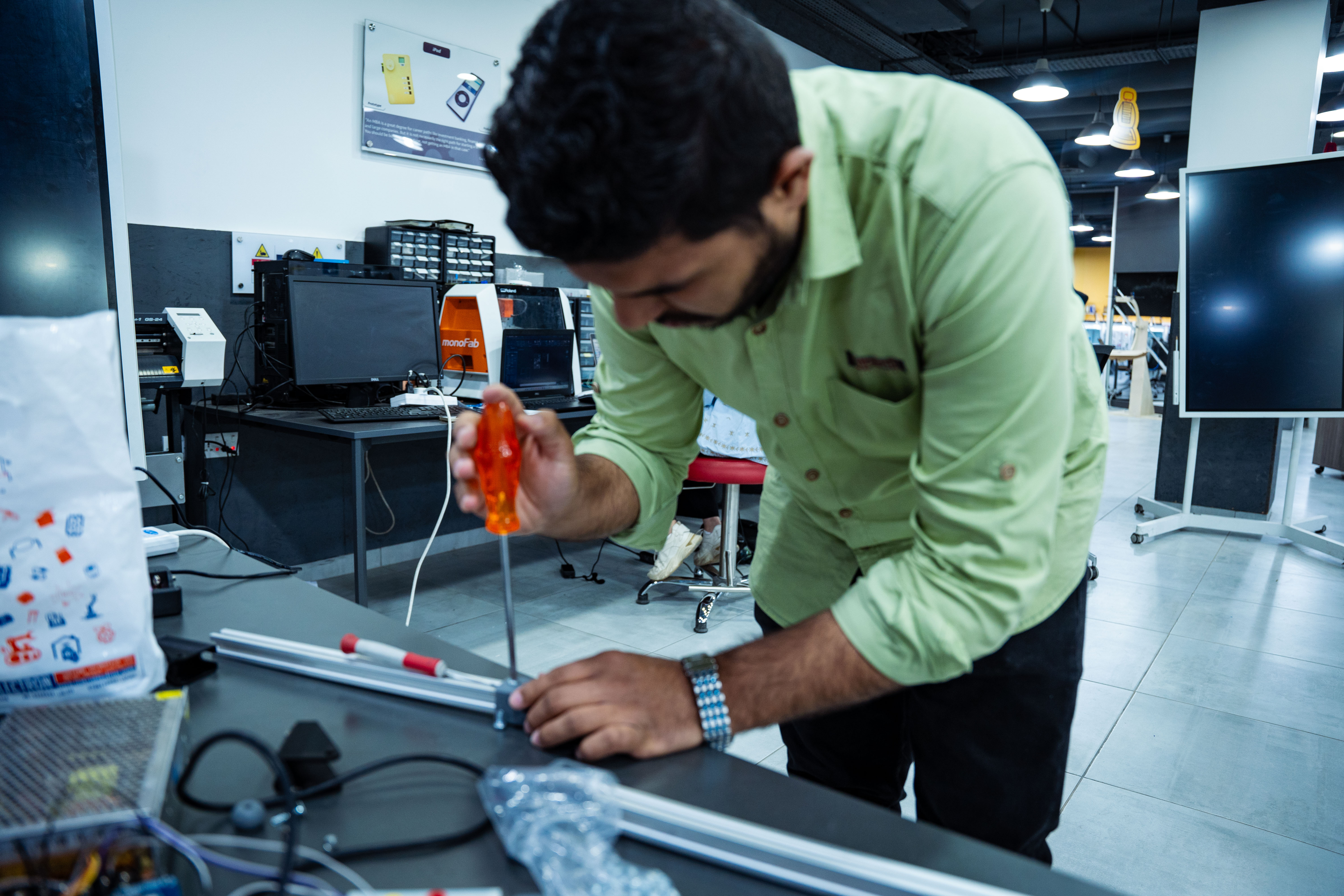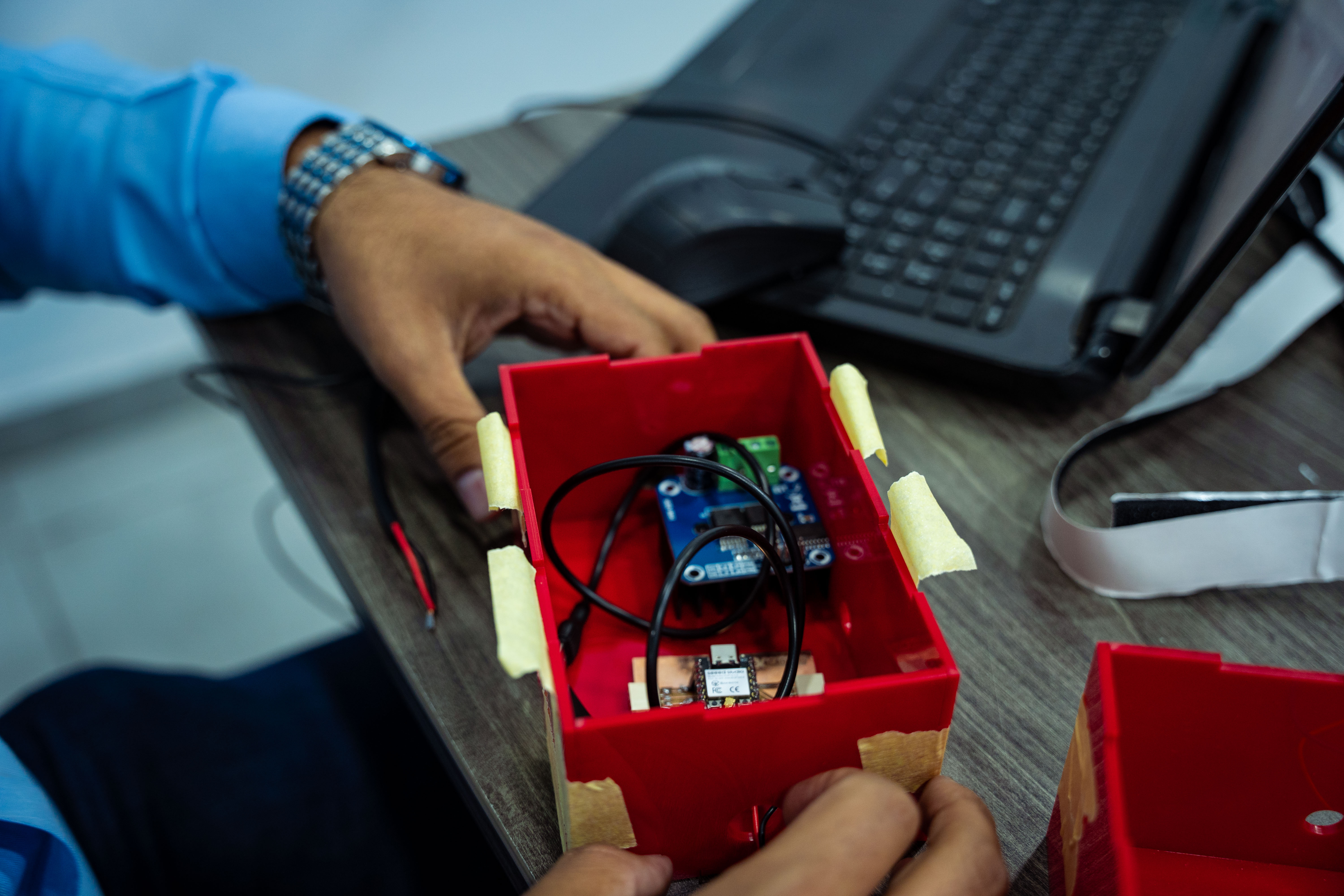Invention, Intellectual Property and Income
Dissemination Plan for Final Project
Target Audience:
- Healthcare Professionals: Doctors, physiotherapists, and researchers specializing in vascular diseases and rehabilitation.
- Patients with Varicose Disease: Individuals suffering from varicose veins who can benefit from the exoskeleton.
- Tech and Medical Device Communities: Engineers, designers, and companies interested in medical technology and innovations.
Channels and Methods:
- Conferences and Workshops: Present the project at medical and engineering conferences to reach professionals and researchers.
- Online Platforms: Share detailed information and updates through platforms like ResearchGate, LinkedIn, and specialized forums.
- Publications: Publish articles in medical and engineering journals to document the research and findings.
- Social Media: Use Twitter, Instagram, and Facebook to share progress, success stories, and engage with a broader audience.
- Demonstration Events: Organize live demonstrations and workshops at local hospitals, universities, and community centers.
Materials for Dissemination:
- Research Papers and Articles: Detailed documentation of the project, methodology, and results.
- Videos and Tutorials: Create instructional videos showing how the exoskeleton works and its benefits.
- Brochures and Flyers: Informational materials to distribute at conferences and workshops.
- Website or Blog: A dedicated space for updates, resources, and contact information.
Future Possibilities and How to Make Them Probabilities
Enhancement of Device Functionality:
- Possibility: Integrate advanced sensors and machine learning algorithms for more precise adjustments and predictive support.
- Probability: Collaborate with tech companies and academic institutions to access the latest technologies and expertise.
Broader Application:
- Possibility: Adapt the exoskeleton for other medical conditions such as deep vein thrombosis or post-surgery rehabilitation.
- Probability: Conduct pilot studies and gather data on different use cases to demonstrate the versatility of the device.
Commercialization:
- Possibility: Bring the exoskeleton to market as a commercially available medical device.
- Probability: Partner with medical device companies for manufacturing and distribution, and navigate regulatory approval processes.
User Feedback and Continuous Improvement:
- Possibility: Establish a feedback loop with users to continuously improve the device.
- Probability: Create a community or user group where feedback can be collected and addressed regularly.
Global Reach:
- Possibility: Expand the availability of the device to a global market, especially in regions with high prevalence of varicose disease.
- Probability: Work with international health organizations and NGOs to distribute the exoskeleton in underserved areas.
Draft Summary Slide and Video
Draft Summary Slide:
Title: Exoskeleton for Varicose Disease Management
Introduction:
- Aim: Improve blood flow and reduce pain for varicose disease patients.
Key Components:
- IMU Sensor: Tracks leg angles.
- Linear Actuator: Provides mechanical support.
- Blynk App: User-friendly control interface.
Features:
- Real-time adjustments.
- Lightweight, laser-cut structure.
- Three 10-minute sessions per day.
Benefits:
- Enhances blood flow.
- Reduces pain.
- Improves quality of life.
Future Directions:
- Advanced sensors and AI integration.
- Broader medical applications.
- Commercialization and global reach.
Licensing
This project is licensed under the MIT License. The full text of the license is provided below:
MIT License
© Faisal Abuhayyeh 2024
Permission is hereby granted, free of charge, to any person obtaining a copy of this project and associated documentation files (the "PROJECT"), to deal in the Project without restriction, including without limitation the rights to use, copy, modify, merge, publish, distribute, sublicense, and/or sell copies of the Project, and to permit persons to whom the Project is furnished to do so, subject to the following conditions:
The above copyright notice and this permission notice shall be included in all copies or substantial portions of the Project.
THE PROJECT IS PROVIDED "AS IS", WITHOUT WARRANTY OF ANY KIND, EXPRESS OR IMPLIED, INCLUDING BUT NOT LIMITED TO THE WARRANTIES OF MERCHANTABILITY, FITNESS FOR A PARTICULAR PURPOSE AND NONINFRINGEMENT. IN NO EVENT SHALL THE AUTHORS OR COPYRIGHT HOLDERS BE LIABLE FOR ANY CLAIM, DAMAGES OR OTHER LIABILITY, WHETHER IN AN ACTION OF CONTRACT, TORT OR OTHERWISE, ARISING FROM, OUT OF OR IN CONNECTION WITH THE PROJECT OR THE USE OR OTHER DEALINGS IN THE PROJECT.
Reasoning
Open-Source Benefits
- Community Building: An open-source license helps in building a community around the project, leading to faster improvements and wider adoption.
- Collaboration: Encourages collaboration and contributions from developers around the world.
- Transparency: Provides transparency in development and promotes trust among users.
Proprietary License Benefits
- Control: Ensures control over the project’s commercial applications, potentially increasing revenue from sales and licensing agreements.
- Revenue Generation: Provides opportunities for monetizing the project through sales, licensing, and partnerships.
System Integration
The system integration for this project involves combining multiple hardware components and software libraries to create a cohesive IoT setup using the Seeed XIAO ESP32C3 microcontroller. The microcontroller reads accelerometer and gyroscope data from two MPU6050 sensors, processes this data to calculate tilt angles, and sends the information to a Blynk app for real-time monitoring. Additionally, the system includes a linear actuator that can be controlled via virtual buttons in the Blynk app, allowing for extension and retraction movements. By integrating Wi-Fi connectivity, sensor data acquisition, and actuator control within the Blynk IoT platform, the system enables remote monitoring and control, making it suitable for various applications in automation and interactive projects.



